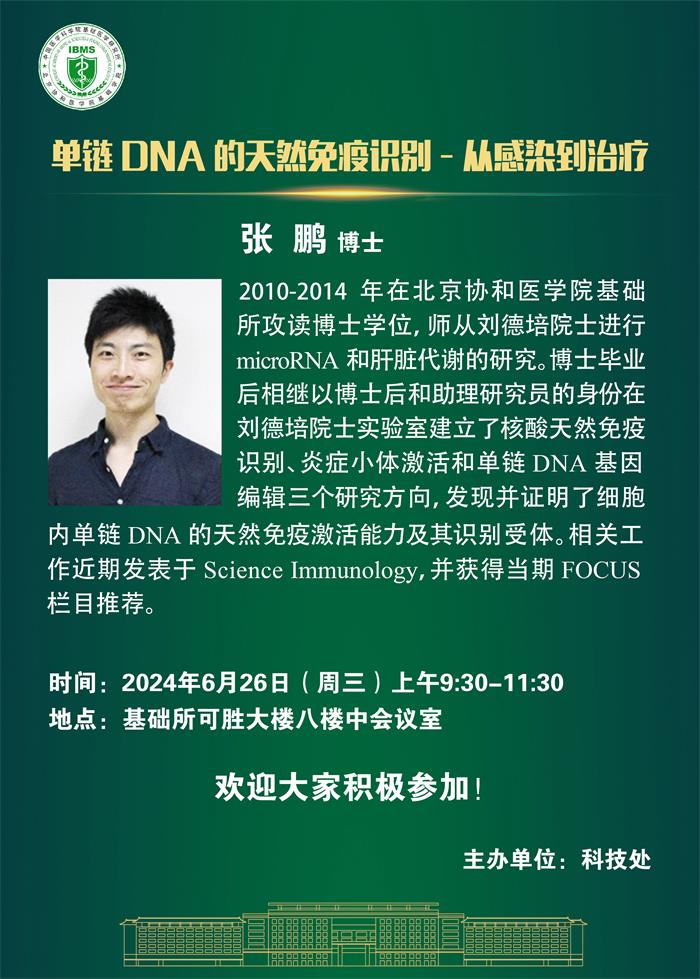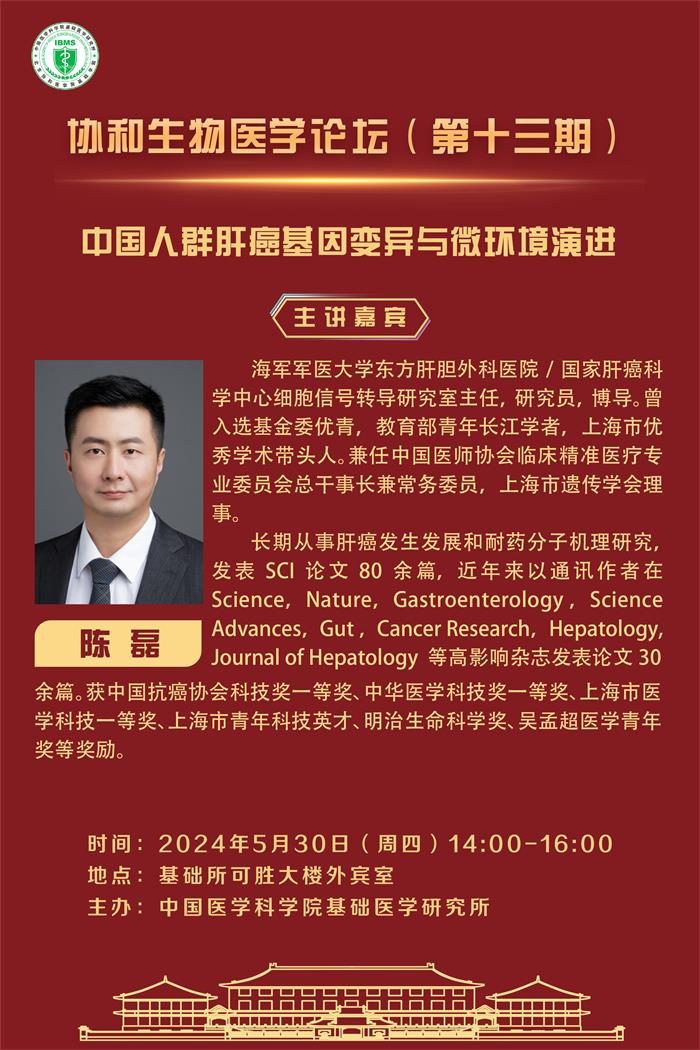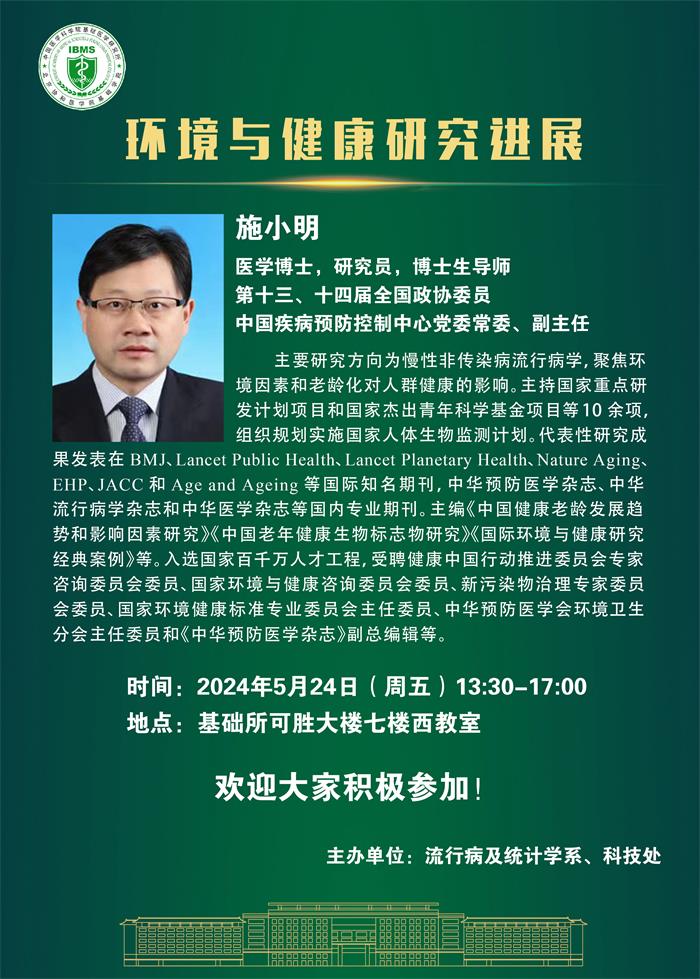Age-Associated Sirtuin 1 Reduction in Vascular Smooth Muscle Links Vascular Senescence and Inflammation to Abdominal Aortic Aneurysm.
Chen HZ1, Wang F1, Gao P1, Pei JF1, Liu Y1, Xu TT1, Tang X1, Fu WY1, Lu J1, Yan YF1, Wang XM1, Han L1, Zhang ZQ1, Zhang R1, Zou MH2, Liu DP3.
Circ Res. 2016 Sep 20. pii: CIRCRESAHA.116.308895.
PMID: 27650558 DOI: 10.1161/CIRCRESAHA.116.308895
Abstract
RATIONALE:
Uncontrolled growth of abdominal aortic aneurysms (AAAs) is a life-threatening vascular disease without an effective pharmaceutical treatment. AAA incidence dramatically increases with advancing age in men. However, the molecular mechanisms by which aging predisposes individuals to AAAs remain unknown.
OBJECTIVE:
In this study, we investigated the role of Sirtuin 1 (SIRT1), a class Ⅲ histone deacetylase, in AAA formation and the underlying mechanisms linking vascular senescence and inflammation.
METHODS AND RESULTS:
The expression and activity of SIRT1 were significantly decreased in human AAA samples. SIRT1 in vascular smooth muscle cells (VSMCs) was remarkably downregulated in the suprarenal aortas of aged mice, in which AAAs induced by Ang II infusion were significantly elevated. Moreover, VSMC-specific knockout of SIRT1 accelerated Ang II-induced formation and rupture of AAAs and AAA-related pathological changes, whereas VSMC-specific overexpression of SIRT1 suppressed Ang II-induced AAA formation and progression in Apoe-/- mice. Furthermore, the inhibitory effect of SIRT1 on AAA formation was also proved in a calcium chloride (CaCl2)-induced AAA model. Mechanistically, the reduction of SIRT1 was shown to increase vascular cell senescence and upregulate p21 expression as well as enhance vascular inflammation. Notably, inhibition of p21-dependent vascular cell senescence by SIRT1 blocked Ang II-induced NF-κB binding on the promoter of monocyte chemoattractant protein-1 (MCP-1/CCL2) and inhibited its expression.
CONCLUSIONS:
These findings provide evidence that SIRT1 reduction links vascular senescence and inflammation to AAAs, and that SIRT1 in VSMCs provides a therapeutic target for the prevention of AAA formation.





